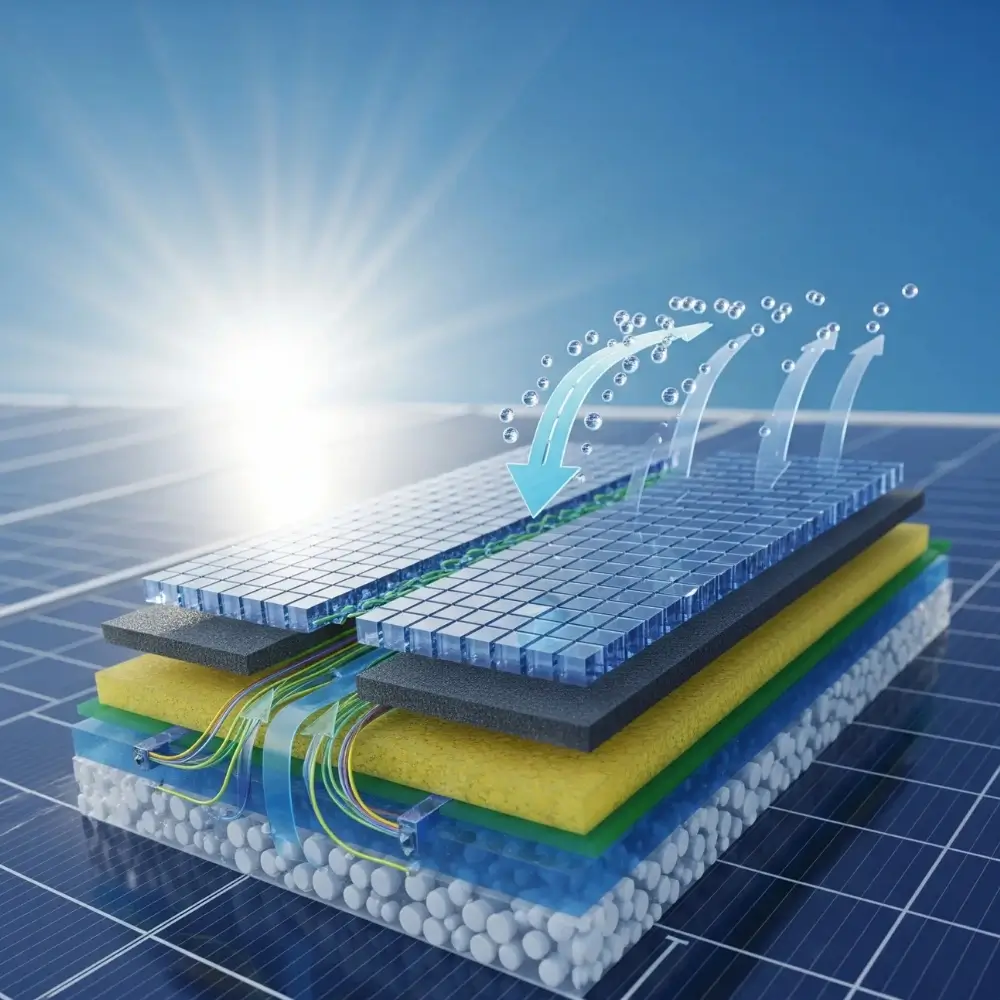You see them on rooftops everywhere now, but how do solar panels actually turn sunlight into electricity for your home? It’s simpler than you might think, and understanding the basics can help you make better decisions about clean energy.
Solar panels are made up of photovoltaic cells – think of them as tiny energy converters. When sunlight hits these cells, it knocks electrons loose from their atoms, creating an electric current. It’s the same principle that makes a calculator work in bright light, just on a much larger scale. Each panel contains dozens of these cells working together to capture as much sunlight as possible.
The electricity that comes straight from your panels is direct current (DC), but your home runs on alternating current (AC). That’s where the inverter comes in – it’s like a translator that converts the DC power into AC power your appliances can use. Modern inverters are pretty smart too, optimizing power output throughout the day as sun conditions change.
Here’s what happens to that electricity once it’s converted: first, it powers whatever you’re using in your home right now. If your panels are producing more electricity than you need, the excess gets sent back to the grid, often earning you credits on your electric bill. When the sun isn’t shining, you draw power from the grid as usual.
The whole system works seamlessly with your existing electrical setup. You won’t notice any difference in how your lights, appliances, or devices work – except for the fact that much of the power running them comes from the sun hitting your roof. It’s clean, quiet, and once installed, pretty much takes care of itself while reducing your monthly electric bills.

